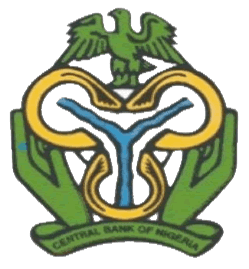Monetary Policy
MPC Mandate of the CBN | Fiscal Policy | Committees | Calendar of Meetings | Educational | FAQ's | Policy Decisions | Policy Communiques | Intl. Economic Cooperations | Monetary Policy Review | Policy Measures | Understanding Monetary Policy Series | Monetary, Credit, Foreign Trade and Exchange policy Guidelines | Monetary Policy Committee Reforms | AfCFTA
The Conduct of Monetary Policy
The Performance of Monetary Policy In 1997
The objectives of the monetary policy programme in 1997 were to further
moderate the inflation rate, strengthen external sector performance and achieve
a higher output growth.
In terms of performance, there was considerable improvement in macroeconomic stability during the year with the naira exchange rate and interest rate remaining relatively stable and the inflation rate dropping to a single digit. The growth in broad money (M2) was slightly higher than the 15.0 percent target. Narrow money stock (M1) was targeted as 13.5 percent against 14.5 percent of 1996. Bank credit to the economy was 24.8 percent compared to 12.0 percent of 1996. The growth of bank credit to government remained constant at the previous year�s level, while the exchange rate was officially N22.00: US$1 and external reserves rose by 76.8 percent or US $7,581.2 million compared to US $4,074.7 realized in 1996. The GDP grew by 3.8 percent as against 2.3 percent in 1996 and the inflation rate was 8.5 percent compared to 29.3 percent of 1996.

 Flickr
Flickr Instagram
Instagram LinkedIn
LinkedIn